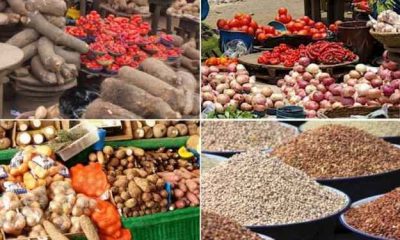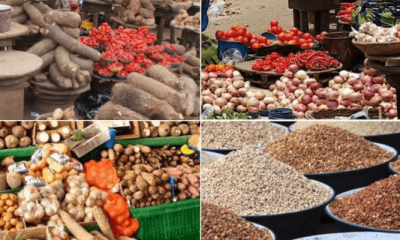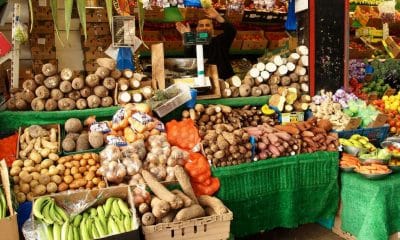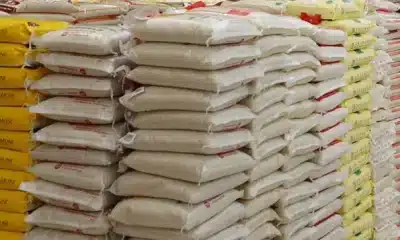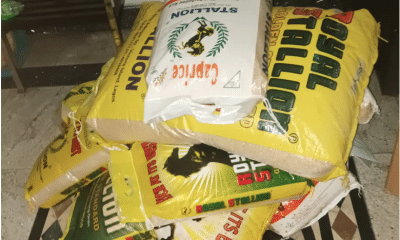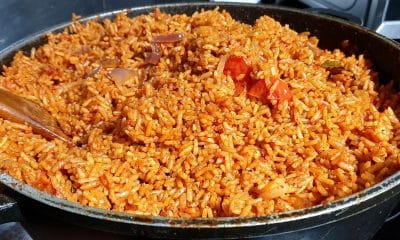Business
Factors Affecting The Price Of Rice In Nigeria
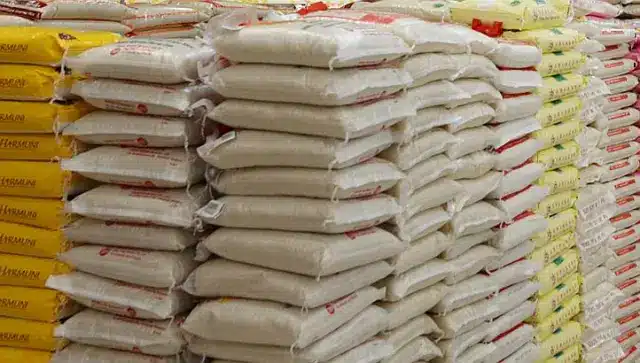
The price of a bag of rice, a staple food for Nigerians, is shaped by a complex interplay of factors ranging from local agricultural productivity to global market trends.
Understanding these influences is crucial for stakeholders across the spectrum, from farmers to consumers and policymakers.
Here are some of the key factors affecting the price of rice in Nigeria:
1. Production and Supply: Domestic production levels and the volume of rice imports are fundamental determinants of rice availability in Nigeria.
Any disruption in these areas, such as import restrictions or production shortfalls, can lead to price hikes.
2. Weather and Climate: Rice cultivation is highly sensitive to climatic conditions. Adverse weather, including droughts or floods, can devastate crops, diminish supply, and escalate prices.
3. Government Policies: Policies impacting rice imports, such as tariffs or subsidies, directly affect market prices. For example, high tariffs on imported rice can make it more expensive, impacting consumer prices.
4. Currency Exchange Rates: The cost of rice imports is susceptible to currency fluctuations. A weakening Nigerian currency increases the cost of imports, contributing to higher prices domestically.
5. Transportation and Distribution Costs: The logistical costs of moving rice from farms to consumers can significantly influence retail prices. Poor infrastructure and high fuel prices exacerbate these costs.
6. Demand and Population Growth: Rising demand due to population growth or shifts in dietary preferences puts additional pressure on rice prices. As more people opt for rice, the demand-supply gap can widen, pushing prices upward.
7. Global Market Trends: Given Nigeria’s reliance on rice imports to supplement domestic production, global price trends can have a direct impact on local market prices.
8. Storage and Warehousing Facilities: Inadequate storage can lead to significant post-harvest losses, reducing the market supply of rice and, in turn, driving up prices.
9. Competition with Other Crops: Farmers’ decisions on whether to cultivate rice or alternative crops are influenced by relative profitability. A shift away from rice cultivation can reduce supply and affect market prices.
10. Climate Change and Environmental Factors: Long-term environmental challenges threaten agricultural productivity, potentially leading to lower yields and higher prices.
11. Trade Agreements and International Relations: Negotiations and agreements with rice-exporting countries can determine the ease of importation and affect the pricing structure within the Nigerian market.
Addressing the issue of escalating rice prices requires a comprehensive approach that considers both domestic agricultural policies and international trade dynamics.
As Nigeria strives for greater self-sufficiency in rice production, understanding and mitigating these diverse factors will be key to ensuring food security and stabilizing prices for its population.

